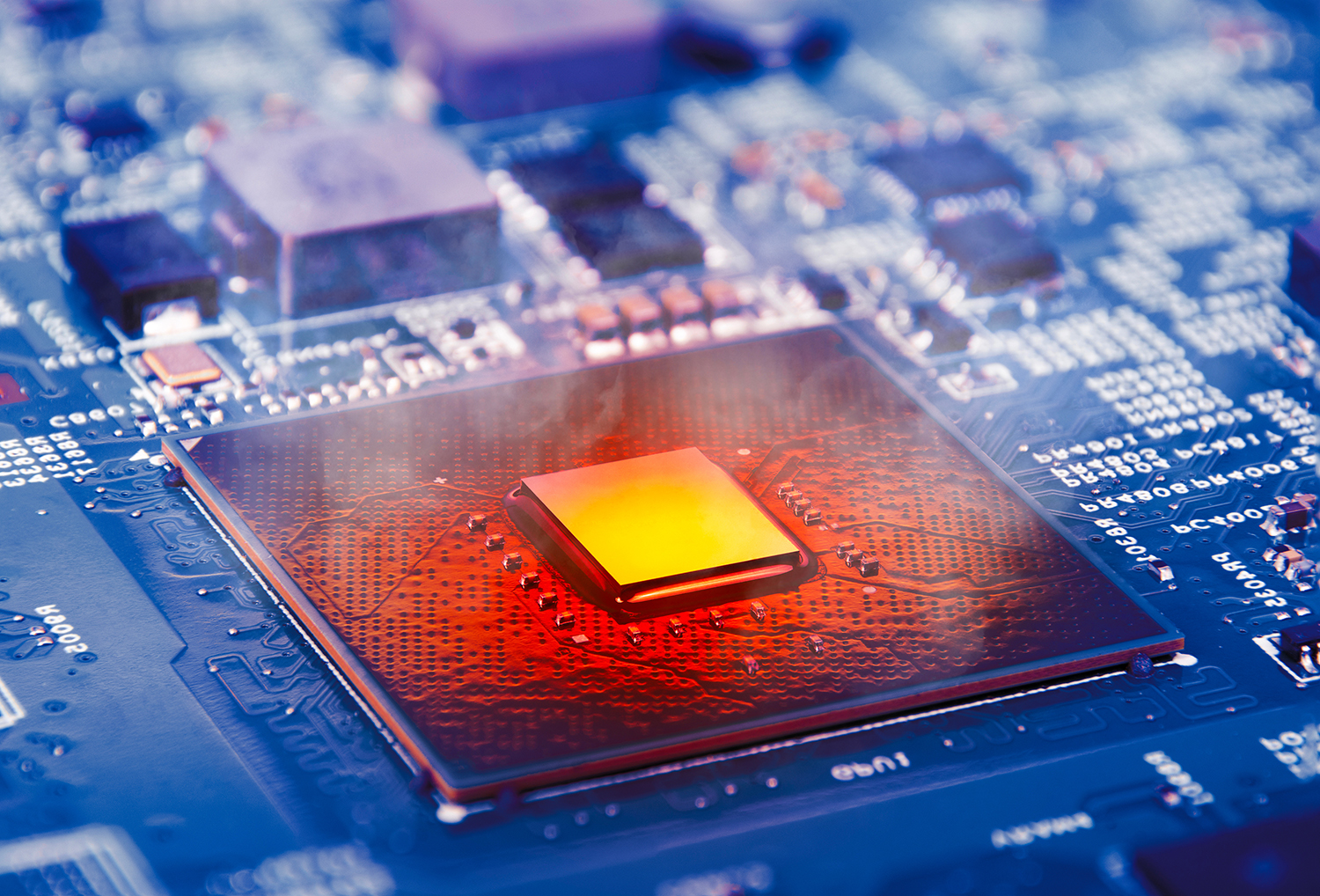I’ve been involved with VME technology since 1984. During that time, I have seen this technology emerge and grow far beyond initial expectations. VME technologists have done an outstanding job of evolving the specifications to keep abreast of industry needs. The relevant specifications have been revised to improve VMEbus performance and add features to address new industry needs while still providing a path for legacy implementations. But right now, it seems that VME is at an inflection point and several influences are having an impact on its future direction.
Serial fabrics
Serial fabrics of all types are changing the architecture of all embedded computing platforms, and VME is no exception. Fortunately, VME has adapted to the impact of serial fabrics. Within the VME technology solutions, there are serial fabric options that preserve legacy products and new options such as VPX that leap into the next generation. The VME community has also enabled its mezzanine options to take advantage of serial fabric capability. Though some may claim the serial fabric wars are over, there will continue to be confusion with most suppliers as to which fabrics to use and in which applications. Lines are drawn and some battles are over, but for the most part, there is not a single, clear winner.
Mezzanines
There was a time when mezzanines were totally forbidden on boards like VME. They were considered very unreliable plus they were difficult to implement on a 6U form factor. In the early ’90s, that all changed. Slowly, everyone started to implement mezzanines in one form or another, most of them proprietary. Several attempts to standardize on one or another were made: Industry Packs, M-Modules, and SBus modules. Finally, PCI bus emerged on the scene, and a form factor now known as PCI Mezzanine Card or PMC was created. The timing was perfect, leading to quick industry acceptance, and it became the standard mezzanine strategy for 6U cards of all types. Today, its dominance is being challenged as the technical community strives for continuous improvement. A new form factor to watch is the work being done under VITA 56 called the Express Mezzanine Card (EMC). It takes the best of PMC technology, adds support for serial fabrics, and implements front-panel extraction and insertion. It will be interesting to watch as what appears to be a very practical solution emerges. Who will place their bets and how big will they be?
Markets
In the early days of VME, there were design wins in everything from robotics to business servers. No application needing serious computing was missed. However, PC technology has challenged it in many of those applications as the price pressures increased and the capability and reliability of PC technology improved. Early VME pioneers often offered board-level solutions that typically spanned a horizontal set of markets: one product, many markets. They built upon these products from generation to generation, creating a fair amount of product depth with a long roadmap. Today, vertical niche markets, where the products are more integrated, are most popular. Suppliers have turned to system integration to add more value. The system products have become more specialized as the suppliers try to hold margins and better serve application needs. Many suppliers have also sacrificed product depth for more architectural choices for their customers. This helps them cover their bets as market needs shift. But at the same time, it has a negative impact on resources needed to maintain multiple product lines.
The companies that remain in the VME space are finding the most success in smaller niche markets where the combination of VME technology and customer support are most valued. The stronghold markets for VME have the need for performance (both processing and I/O throughput), real-time response, open standards, flexible architecture, and reliable computing. The applications are now often life- or safety-critical systems where system failure or malfunction may result in death or serious injury to people, loss or severe damage to equipment, or environmental harm of some type.
Now VME is finding its best home in applications that have critical embedded computing needs. Your new VME market leaders are very focused on the markets that place high value on critical embedded systems.
For more information, contact Jerry at [email protected].
Jerry Gipper
Contributing Editor
VME and Critical Systems magazine







